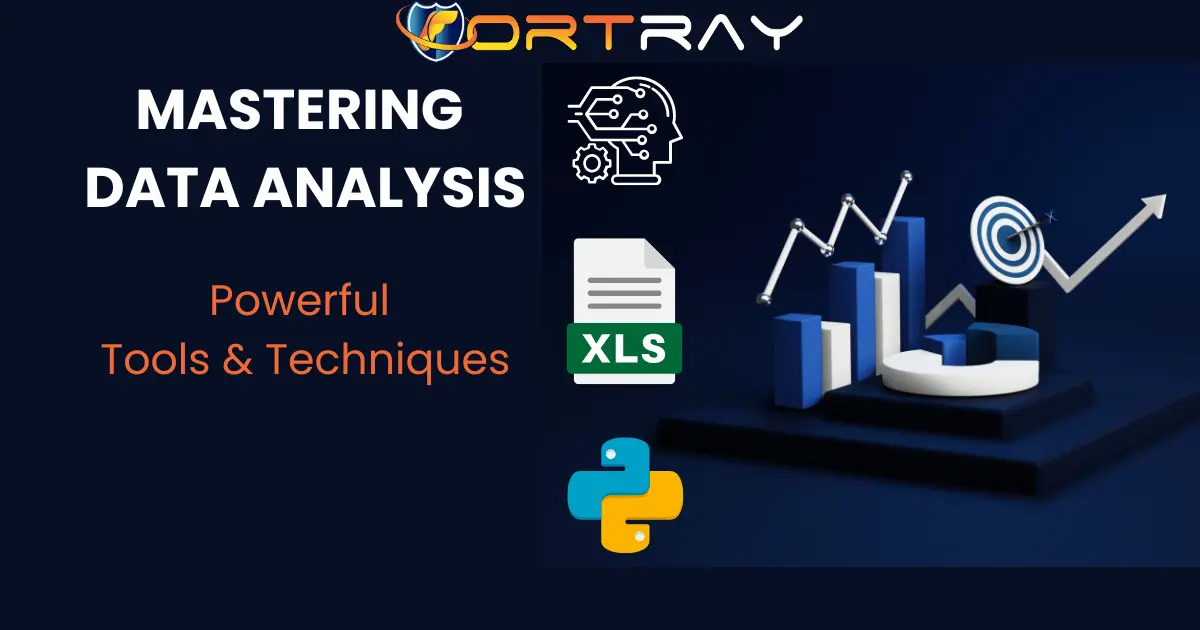- Real-time data analysis and synthesis have become crucial for both business and healthcare, driving faster, more informed decision-making
- Despite advances in big data technology, the focus must remain on effective human execution and nuanced analysis to truly leverage data insights.
In December 2014, one of the leading Tech Blogs, Tech Crunch, posted a blog titled "Finding the elusive big wisdom in big data." The blog superbly outlined the power of raw data and how it could provide actionable insights to companies to make informed decisions and significantly improve business outcomes. So far, companies have made significant advances in storing, processing, and handling large volumes of data digitally. However, humans still have trouble finding relevant nuggets. It is time to revisit that idea to see how far we’ve come and how far we still must go.
Healthcare can serve as an example to what extent data analysis is changing the industry and the measures being taken there. The application of big data technology is on the rise in hospitals and medical research in a bid to improve the quality of patient care as well as the advancement of medicines. The application of big data can involve melding a vast amount of patient information so that medical practitioners can detect patterns of an illness as well as forecast the results that could be expected consequently enabling them to correctly diagnose the disease and devise appropriate treatment methodologies. For example, using predictive analytics, one can determine patients who have the potential of developing some diseases, and in effect, necessary actions will have to be taken that can mean saving precious lives. Healthcare is one field that has the potential to do something positive, and since such a notion stimulates people to advance the field further, it is hopeful and inspiring.
Also, the usage of data analytics is certainly the way in which medical research advances each day. So, through prolific meta-analysis of data from clinical trials, one can come up with findings that help foster the discovery of new treatments and therapies. COVID-19 revealed the importance of big data as researchers and health officials utilized data to monitor the virus’s movement and discover new vaccinations at a record speed. This progress is beautifully convincing and proves the huge impact of big data analysis on healthcare, thus, there must not be anything to worry about in terms of the future of healthcare.
Just as baseball has become a laboratory for advanced statistical analysis, the healthcare industry demonstrates how businesses and organizations can use the power of big data to drive better outcomes. However, the challenge remains: how do we effectively manage and interpret the ever-growing mountains of information?
The Shift from Big Data to Fast Data
According to Mazhar Minhas, the CEO at Fortray, the change of play since 2014 is that firms aim to reach insights faster to the right users. Soon, Big Data has shifted towards what MInhas calls the ‘Fast data’ trend, meaning consumers, particularly in the e-commerce, OTT (over-the-top media), Gaming, Stock/Crypto Trading & Enterprise Marketing domains, are demanding real-time insights and real-time knowledge. He stated that data needs to be analyzed in the stream and every time a query is made. Those who create technologies that help companies (and healthcare providers) do this will be more sustainable in the long run.
In addition, real-time data synthesis will increase investors' attention to the resulting companies. “Those companies involved in fast data analytics and squeezing insights have caused extremely high public and private market investor interest,” he said. He believed that medical professionals require data to collate and condense for their own use, as business analysts and managers must do so for their employees to make business-related decisions promptly and optimally based on data received.
Decision Intelligence
The following findings are a mixture of good news and bad news for the modern world, characterized by the constant increase in data. No, it is even more difficult and time-consuming than the comparative method. This does not mean we should have less data, but we should have new and efficient methods of finding answers. That is why there is now a shift from big data analytics to decision intelligence. This approach allows you to search based on the answers you seek rather than sifting through mounds of data, hoping to find a useful nugget. That means querying the data with good questions and coming up with meaningful results.
You’d be right to think that asking targeted questions could create confirmation bias risk, but experts carefully distinguish between bias and solid analysis. We’re not talking about gathering data to support a cognitive bias but gathering data that is relevant to the research or question. For companies, the difference is between being a data-driven organization and a decision-driven organization. The experts believe that while we have made great strides with tooling, there are areas that haven’t progressed very far since the 2014 article—like predictive analytics, which posits that you may be interested in an engagement ring because you bought one last spring, which probably isn’t the case.
Predictive analytics projects a future outcome based on past outcomes and assumes nothing has changed. The problem is that human behaviors just aren’t that clean and neat. We still have work to do in building nuance — more context — into our analytics. But that also can be more intrusive: Do you really want marketers to know who you bought that ring for and why? Everything is a trade-off.
Big data analysis has indeed advanced in this decade. The underlying infrastructure, technology, and data analysis tools have all improved dramatically, but it’s by no means a problem solved. As the healthcare industry has shown us, it’s easy to get caught up in the minutiae of data and to forget that, in the end, despite all that tech, it’s about humans executing on the data. We can’t lose sight of that.








